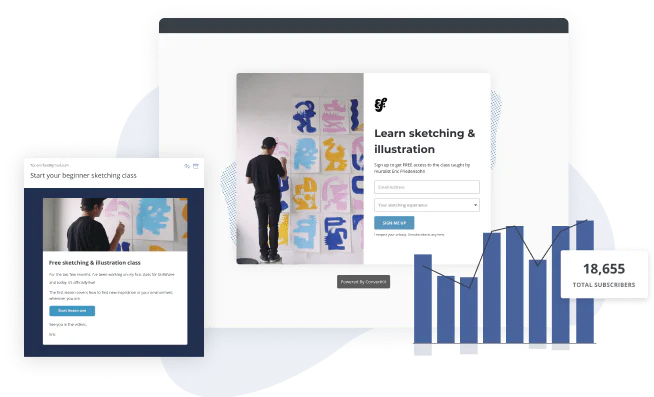The top 10 types of creators and their go-to platforms for scaling up (+ real-world examples)
Updated: August 07, 2024
17 min read

Own the relationship with your audience
Kit helps you build a relationship with your followers and own that connection you make with them through your email list.
Start a free 14-day Kit trial
Afoma Umesi
Afoma Umesi is a freelance writer for software companies and businesses in the marketing industry. When she's not tapping away at her keyboard, you'll find her reading a good book or experimenting in the kitchen. (Read more by Afoma)


